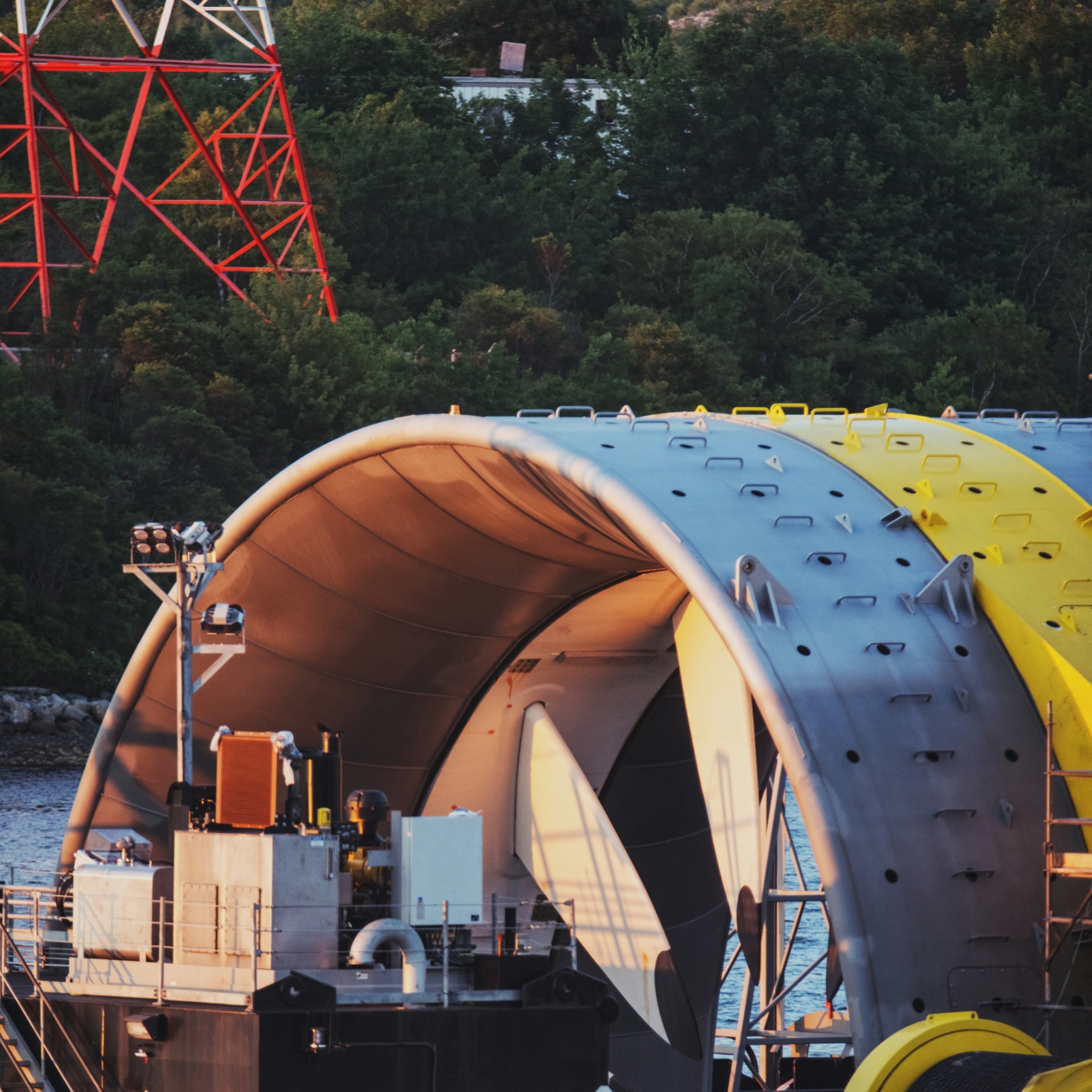As the world faces growing environmental challenges, technology is stepping up in incredible ways to help us live more sustainably. Green tech—technologies that reduce the negative environmental impact of human activities—has already begun transforming industries and our everyday lives. From energy-efficient gadgets to revolutionary ways of harnessing renewable energy, the future of green tech looks brighter than ever.
In this post, we’ll dive into 10 green tech innovations that are set to revolutionize the way we live, work, and interact with the planet. These innovations promise not only to reduce carbon footprints but also to create a cleaner, healthier world for future generations.
Table of Contents
Toggle1. Solar Windows: The Power of Your Glass
Imagine harnessing the power of the sun without bulky solar panels. Solar windows, a breakthrough in photovoltaic technology, turn glass into a solar energy generator. These windows absorb sunlight and convert it into electricity, making them ideal for urban buildings where space is limited. In the future, entire skyscrapers could generate their own power, reducing reliance on nonrenewable energy.
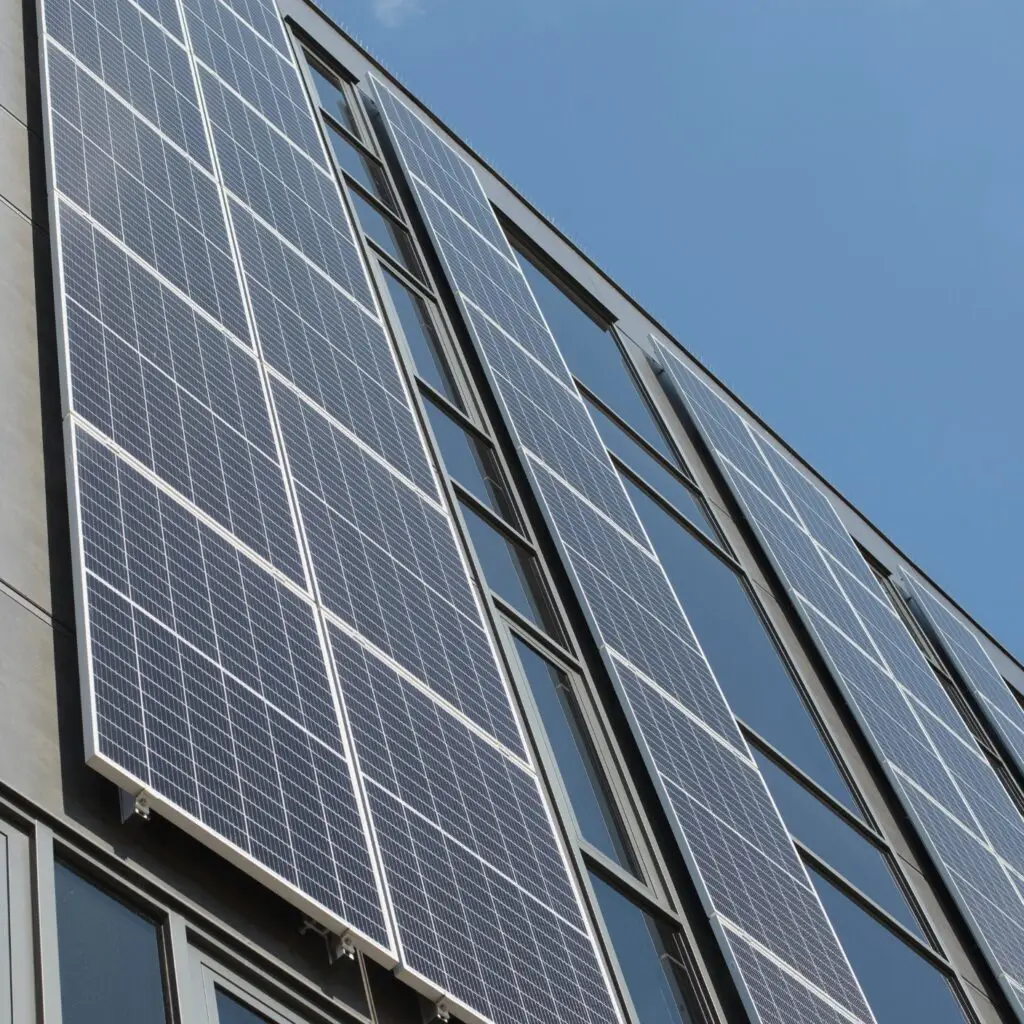
2. Smart Grids: The Future of Energy Distribution
Smart grids are transforming the way we distribute and consume energy. Unlike traditional grids, which are centralized and inefficient, smart grids use advanced technology to optimize energy flow. They integrate renewable sources like solar and wind, enable real-time monitoring, and adjust usage to prevent waste. This innovation promises to make energy distribution more reliable, cost-effective, and sustainable.
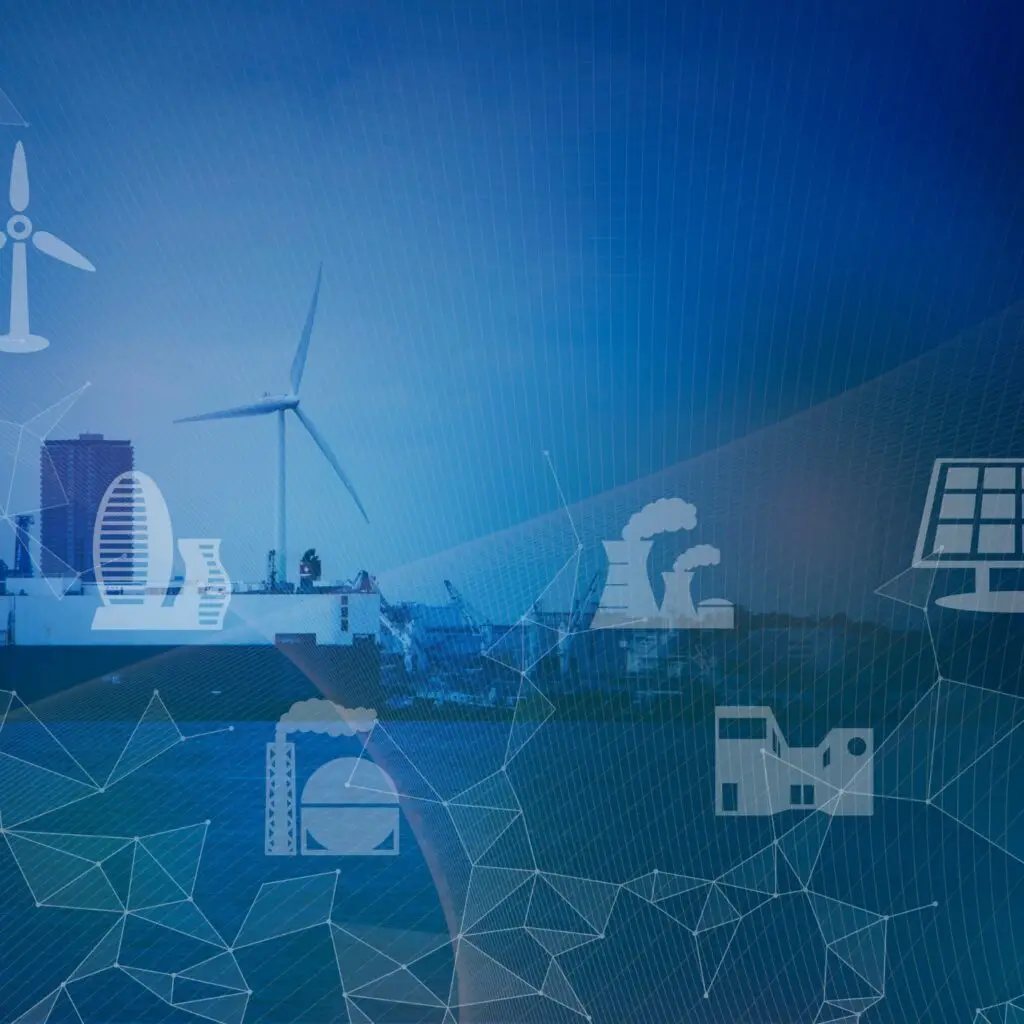
3. Vertical Farming: Growing More with Less Space
Urbanization has reduced the space available for traditional farming, but vertical farming allows us to grow food in stacked layers, utilizing vertical space in cities. These farms use hydroponics, aeroponics, and artificial lighting to grow crops year-round with minimal water and land. As the world’s population continues to rise, vertical farming could be key to feeding the masses sustainably.
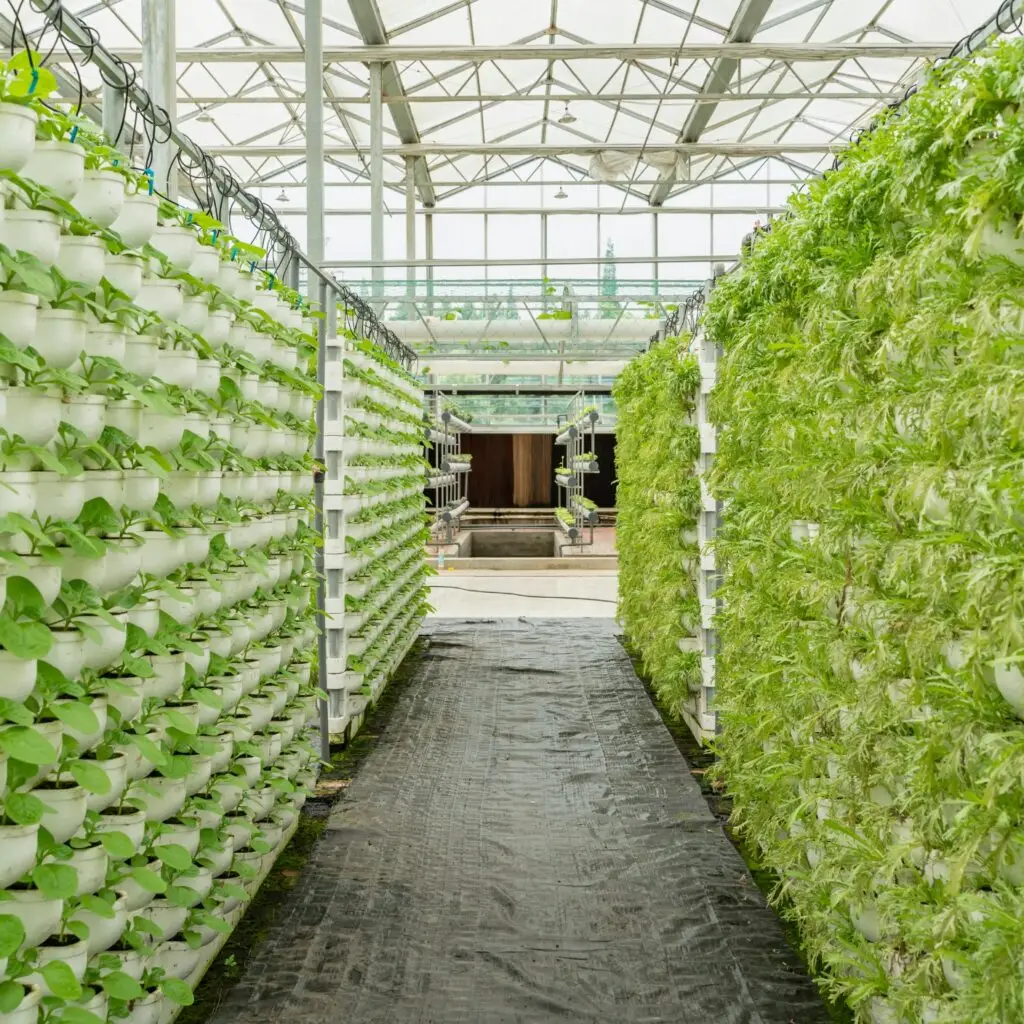
4. Electric Vehicles (EVs): The Road to a Greener Future
Electric vehicles are already reducing greenhouse gas emissions in the transportation sector, and they’re only getting better. With advancements in battery technology, EVs are becoming more affordable, have longer ranges, and charge faster. In the future, electric cars, trucks, and buses could make up a significant portion of global transportation, reducing our dependence on fossil fuels.
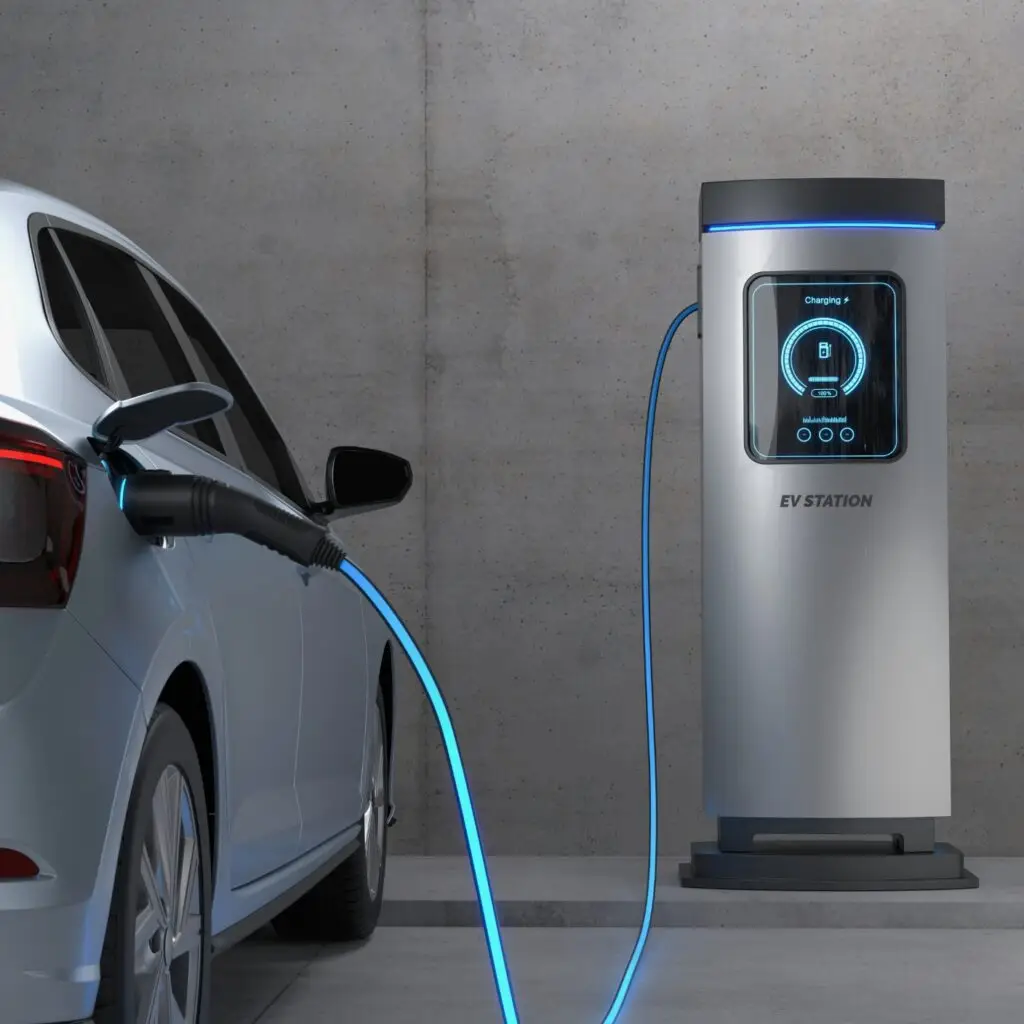
5. Biodegradable Plastics: A Step Towards a Plastic-Free Future
Plastic pollution has reached critical levels, but biodegradable plastics are providing a promising solution. These plastics break down naturally, reducing their environmental impact. Made from renewable resources like cornstarch, these alternatives could soon replace traditional plastics in everything from packaging to medical devices.

6. Hydrogen Fuel Cells: Clean Energy on the Go
Hydrogen fuel cells use hydrogen as a fuel source to generate electricity, emitting only water vapor as a byproduct. This technology has the potential to power everything from cars and buses to homes and industries. With further developments in hydrogen production and storage, hydrogen fuel cells could become a major player in the clean energy revolution.
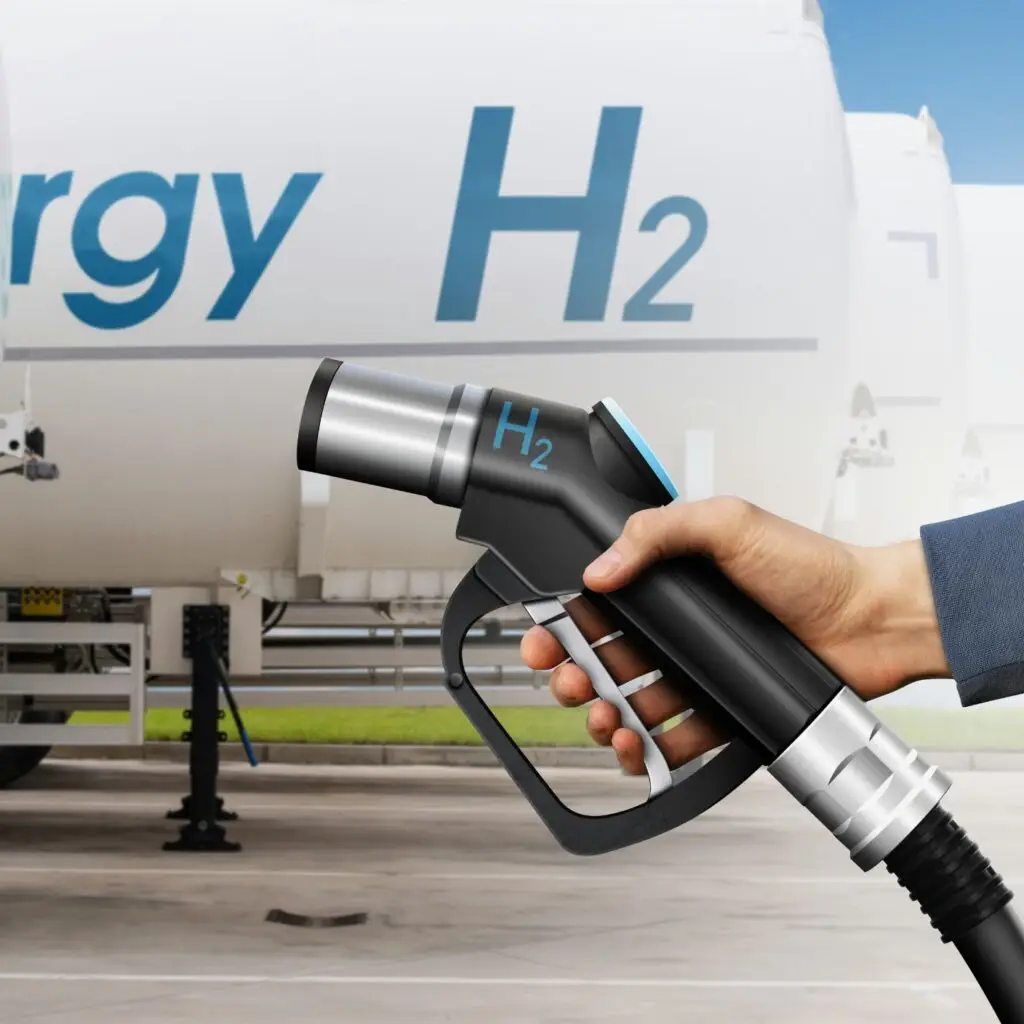
7. Carbon Capture and Storage (CCS): Fighting Climate Change Head-On
Carbon capture and storage (CCS) technology captures carbon dioxide emissions from industrial processes and stores them underground to prevent them from entering the atmosphere. This could be one of the most effective ways to mitigate climate change, especially as industries continue to rely on fossil fuels.

8. Ocean Energy: Harnessing the Power of Waves and Tides
While solar and wind power have stolen the spotlight, ocean energy—including tidal and wave energy—holds great promise. Ocean currents are incredibly powerful and predictable, making them a reliable source of clean energy. In the future, floating turbines and underwater devices could generate electricity for coastal cities, further diversifying renewable energy options.
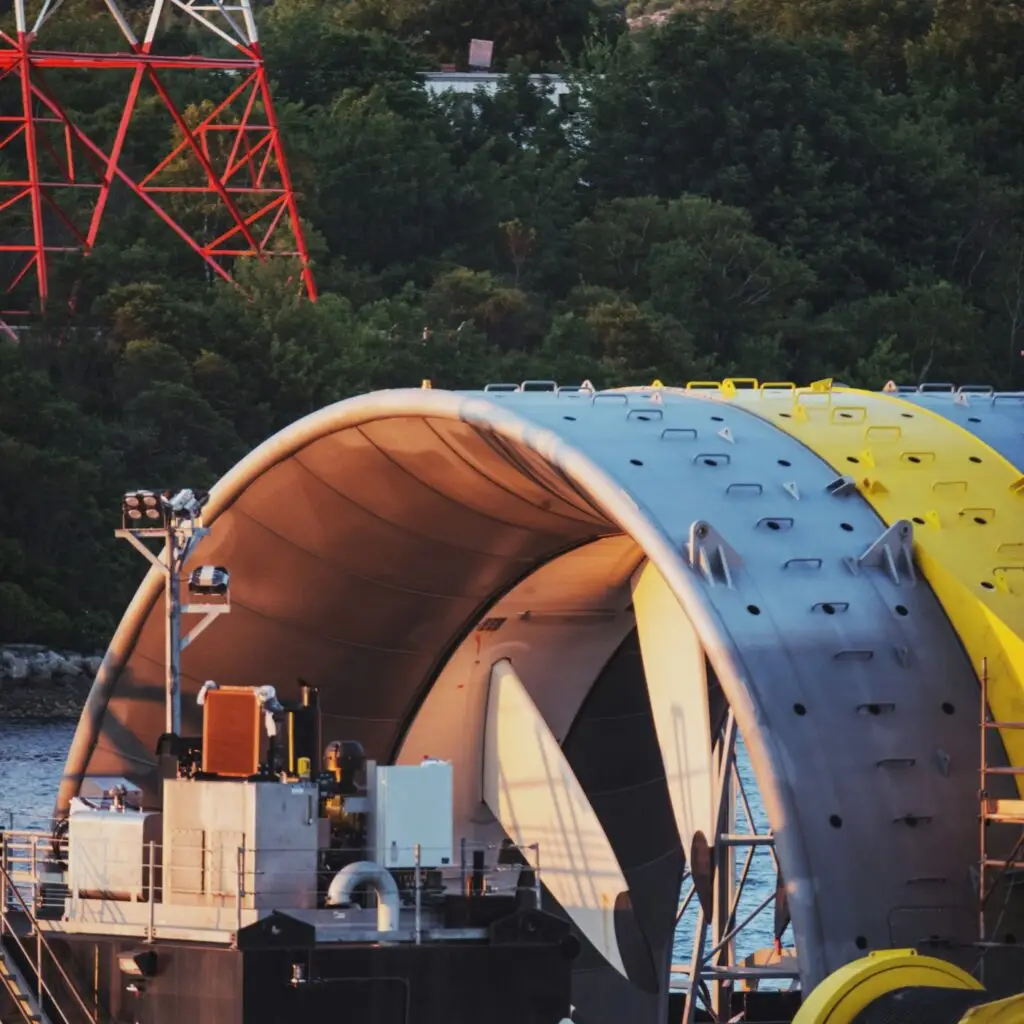
9. Smart Home Devices: Making Your Home Greener
From smart thermostats to energy-efficient lighting, smart home devices are helping homeowners reduce their energy consumption. These devices learn your habits and adjust your home’s temperature, lighting, and energy usage to save resources without sacrificing comfort. As the Internet of Things (IoT) expands, the potential for smart homes to reduce energy waste will only grow.

10. Green Concrete: Sustainable Building Materials
Concrete is one of the most widely used materials in construction, but it’s also one of the largest contributors to carbon emissions. Green concrete, made from waste materials like fly ash and slag, offers a more sustainable alternative. It has the potential to reduce the carbon footprint of the construction industry while maintaining the strength and durability of traditional concrete.

Conclusion
Green tech is no longer just a buzzword—it’s rapidly becoming an essential part of our efforts to create a sustainable future. These 10 innovations are just the beginning. As technology continues to evolve, we can expect even more groundbreaking solutions to emerge, helping us reduce our environmental impact and build a cleaner, greener world for generations to come.
Are you excited about the future of green tech? Which innovation do you think will have the biggest impact? Let us know in the comments!
At Planet Ideal, we’re on a mission to make sustainable living accessible for everyone. Our team of eco-enthusiasts writes short, snappy, and easy-to-digest articles designed to inspire real change without overwhelming. From practical tips to innovative ideas, we’re here to prove that living green can be stylish, convenient, and enjoyable. Join us as we empower individuals, families, and communities to embrace eco-friendly lifestyles—one step, one story, and one solution at a time.

